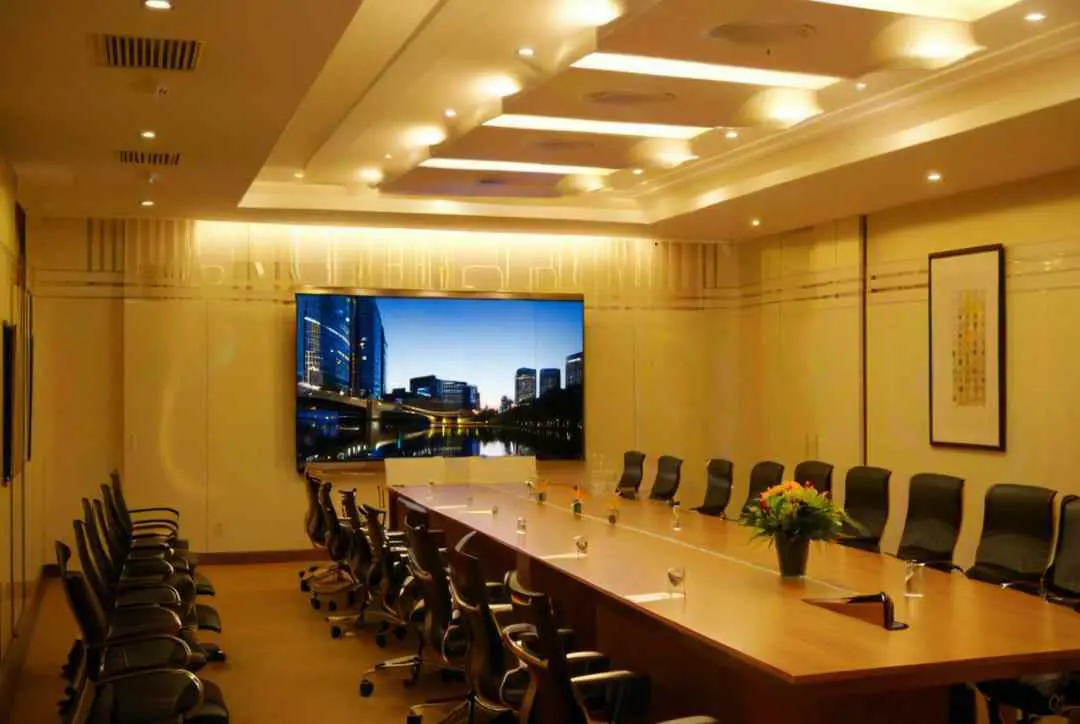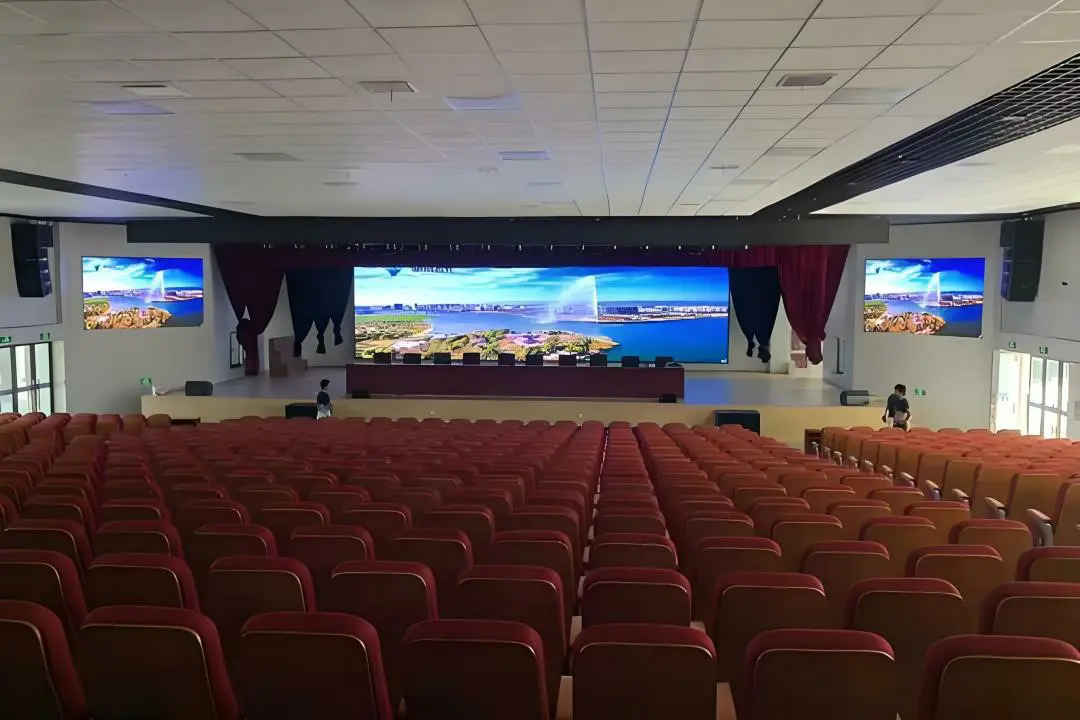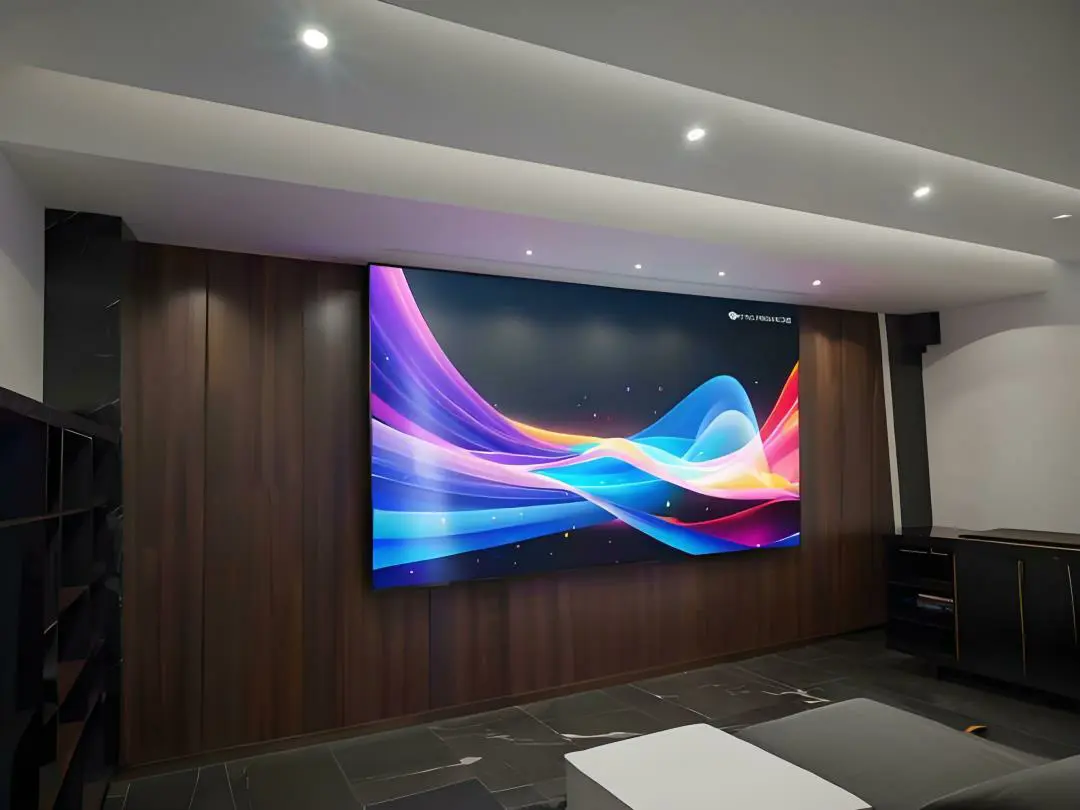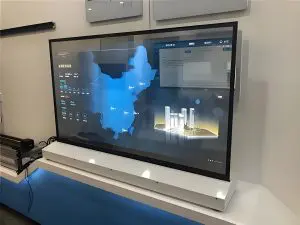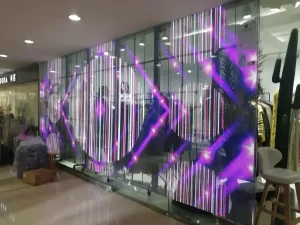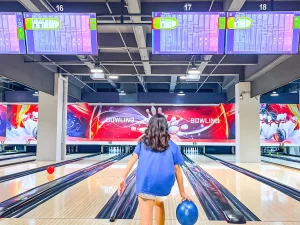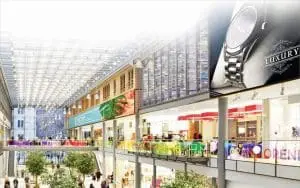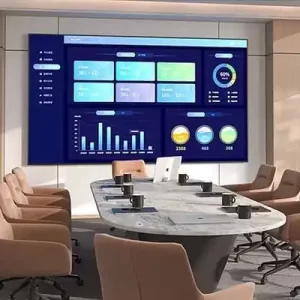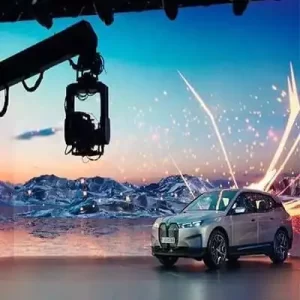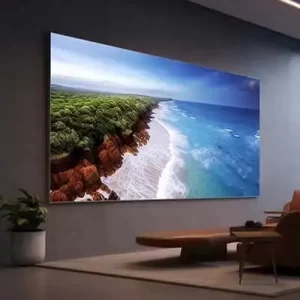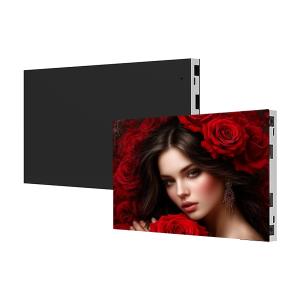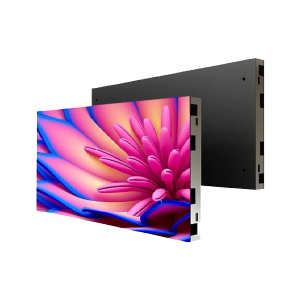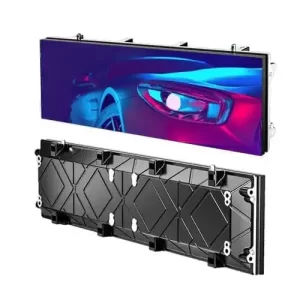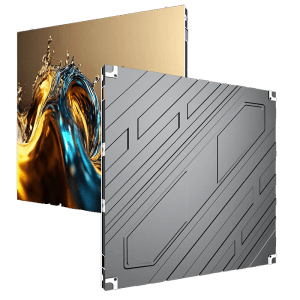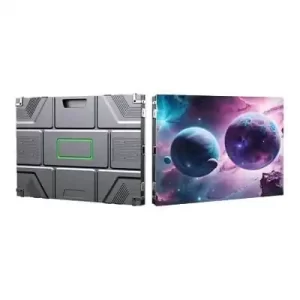An LED screen for a conference room is a high-resolution digital display designed to improve communication, presentations, and collaboration in professional environments. These screens provide exceptional image clarity, seamless visuals, and modern features, making them an excellent replacement for traditional projectors or smaller displays. With their sleek design and advanced functionality, LED screens are becoming the go-to solution for modern conference rooms.
In this guide, we’ll explore the features, benefits, applications, and considerations for choosing the right LED screen for your conference room.
What Is an LED Screen for a Conference Room?
An LED screen for a conference room is a digital display that uses light-emitting diodes (LEDs) to project high-quality images, videos, and data. These screens are designed for professional settings where crisp visuals, ease of use, and integration with collaborative tools are essential. LED screens provide seamless visuals, wide viewing angles, and high brightness, ensuring effective communication during meetings, presentations, training sessions, and events.
Key Features of LED Display Screens for Conference Rooms
LED Display screens for conference rooms are designed with advanced features to meet the needs of modern workplaces:
1. High Resolution
- Pixel Pitch: LED screens for conference rooms typically have a pixel pitch of P0.6–P2.5, ensuring sharp visuals and text clarity, even at close viewing distances.
- 4K and 8K Resolution: Supports detailed graphics, videos, and presentations.
2. Seamless Display
Unlike traditional video walls with visible bezels, LED screens provide a bezel-free, seamless display, ensuring uninterrupted visuals.
3. Wide Viewing Angles
- 160–180° Viewing Angles: Ensure clear visuals for everyone in the room, regardless of their seating position.
4. High Brightness
- Brightness levels of 500–1,000 nits make LED screens suitable for well-lit conference rooms without the need to dim the lights.
5. Interactive Options
- Touchscreen Compatibility: Interactive LED screens allow users to annotate, draw, or collaborate directly on the display, enhancing productivity.
6. Modern Connectivity
- Wireless Screen Sharing: Connect laptops, tablets, or smartphones seamlessly to the screen.
- Multiple Input Options: HDMI, USB, DisplayPort, and LAN connectivity for diverse devices.
7. Energy Efficiency
LED screens are designed to consume less power, making them both cost-effective and environmentally friendly for long-term use.
8. Long Lifespan
- LED screens typically last between 50,000 to 100,000 hours, ensuring reliability for years of use.
Benefits of LED Displays for Conference Rooms
1. Superior Visual Quality
LED screens deliver sharp, vibrant visuals, ensuring that presentations, charts, and videos are clear and professional.
2. Seamless Collaboration
Interactive LED screens with touchscreen functionality enable real-time collaboration, making meetings more engaging and productive.
3. Professional Aesthetics
Slim, bezel-free LED screens add a sleek and modern look to conference rooms, enhancing the overall ambiance.
4. Easy Integration
LED screens are compatible with modern conferencing tools like Zoom, Microsoft Teams, and Google Meet, enabling seamless hybrid meetings.
5. Enhanced Engagement
Dynamic visuals, real-time annotations, and interactive features keep participants engaged, improving meeting outcomes.
6. No Shadows or Glare
Unlike projectors, LED screens eliminate shadows, glare, and washed-out visuals, ensuring a consistent viewing experience.
7. Scalable Sizes
LED screens are modular, allowing them to fit small meeting rooms or large boardrooms with equal ease.
Applications of LED Screens in Conference Rooms
LED screens are versatile and can be used for various purposes in conference rooms:
1. Presentations and Meetings
- Deliver high-impact presentations with vivid visuals and clear text.
- Support data visualization with charts, graphs, and animations.
2. Video Conferencing
- Use LED screens to host virtual meetings with crystal-clear video and audio.
- Connect with remote teams using platforms like Zoom or Teams.
3. Training and Workshops
- Enhance learning with interactive displays that allow annotations and hands-on collaboration.
- Display training videos or simulation software with high clarity.
4. Hybrid Meetings
- Facilitate hybrid meetings by integrating LED screens with cameras and microphones for seamless communication between in-person and remote participants.
5. Digital Signage
- Use LED screens in the conference room to display schedules, branding, or welcome messages when not in use for meetings.
Types of LED Display Screens
1. Fixed LED Panels
- Best For: Standard conference rooms.
- Features: Wall-mounted displays with a sleek design and high resolution.
2. Interactive LED Screens
- Best For: Collaborative spaces and brainstorming sessions.
- Features: Touch-enabled displays for annotations and interactive presentations.
3. All-in-One LED Screens
- Best For: Easy installation and plug-and-play use.
- Features: Combines the LED display with built-in speakers, cameras, and conferencing tools.
4. Curved LED Screens
- Best For: Large or modern boardrooms.
- Features: Immersive, curved displays for enhanced aesthetics and viewing experience.
Factors to Consider When Choosing an LED Display for a Conference Room
When selecting an LED screen for your conference room, consider the following factors:
1. Room Size
- Small Rooms: Choose screens between 55–75 inches.
- Large Rooms: Opt for larger screens or video walls over 100 inches to ensure visibility for all participants.
2. Pixel Pitch and Resolution
- Close Viewing Distance: Use a pixel pitch of P0.6–P1.8 for sharp visuals.
- Standard Viewing Distance: Pixel pitch of P2–P2.5 works well for most conference rooms.
3. Connectivity
- Ensure the screen supports modern connectivity options like:
- HDMI for laptops.
- Wireless screen sharing for tablets and smartphones.
- USB for plug-and-play presentations.
4. Brightness
- For conference rooms with bright lighting, choose a screen with a brightness level of 500–1,000 nits.
5. Interactive Features
- Opt for touch-enabled screens if your team frequently collaborates or needs annotation tools.
6. Audio Integration
- Look for LED screens with built-in speakers or ensure compatibility with external audio systems for video conferencing.
7. Budget
- Choose a screen within your budget while prioritizing features like resolution, size, and connectivity.
Cost of LED Screens for Conference Rooms
The cost of an LED screen for a conference room depends on factors like size, resolution, and additional features. Below is an approximate price range:
| Screen Type | Size/Pixel Pitch | Cost Range (USD) | Best For |
|---|---|---|---|
| Fixed LED Panels | 55–100 inches | $2,000–$10,000 | Standard conference rooms. |
| Interactive LED Screens | 55–86 inches | $5,000–$15,000 | Collaborative meetings and training. |
| All-in-One LED Screens | 75–150 inches | $10,000–$25,000 | Large boardrooms with video conferencing. |
| Curved LED Screens | Customizable | $15,000–$40,000 | High-end, modern boardrooms. |









